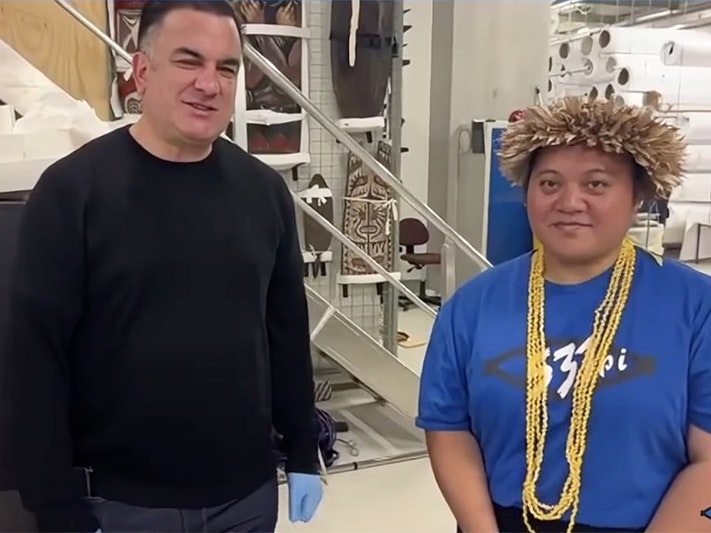
Curator Pacific Sean Mallon and Inangaro Vakaafi talk about the Niue collections at Te Papa
Senior Curator Pacific Histories and Cultures Sean Mallon and PMN Niue host Inangaro Vakaafi from 531 PI talk about some of the Niue collections at Te Papa.
Free museum entry for New Zealanders and people living in New Zealand
Open every day 10am-6pm
(except Christmas Day)
Free museum entry for New Zealanders and people living in New Zealand
Niue is an elevated coral atoll with fringing coral reefs encircling steep limestone cliffs. It lies 2400 km northeast of New Zealand between Tonga, Sāmoa, and the Cook Islands.
Our collections represent stories of Niue and its people. Today Niuean communities maintain connections to their homeland and their language, customs, and culture in a range of new contexts.
Explore some of our Niuean stories about our communities and collections from kahoa hihi to katoua, tiputa to titi, the coral atoll to coconut, and more.

Senior Curator Pacific Histories and Cultures Sean Mallon and PMN Niue host Inangaro Vakaafi from 531 PI talk about some of the Niue collections at Te Papa.
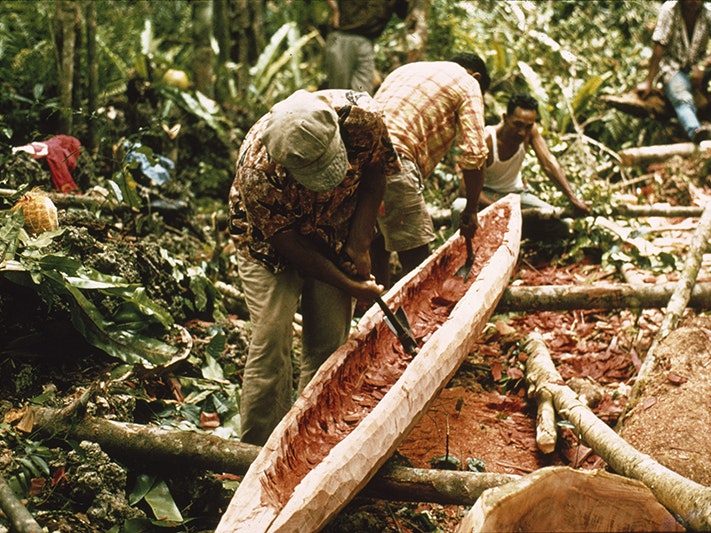
Named Savage Island by James Cook – because he received an unfriendly reception from native Polynesians – Niue was part of Cook Islands until 1922; official language is English, though a Polynesian dialect is also widely spoken.
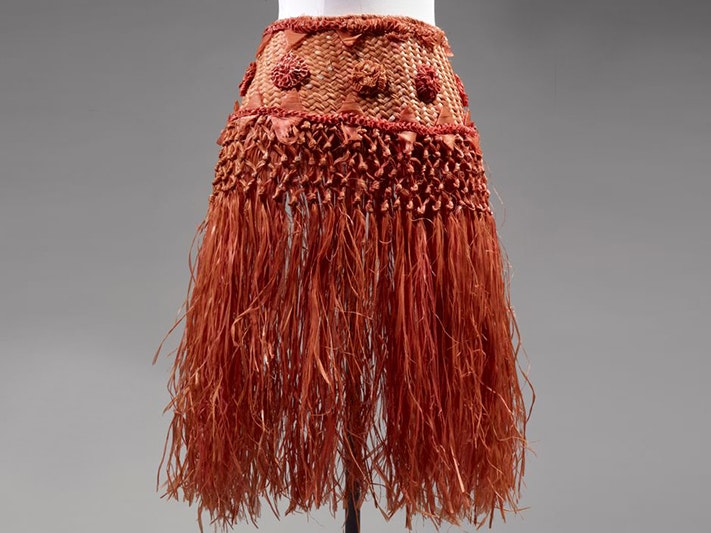
Read our blogs about life on Niue, and items we have in our collections.
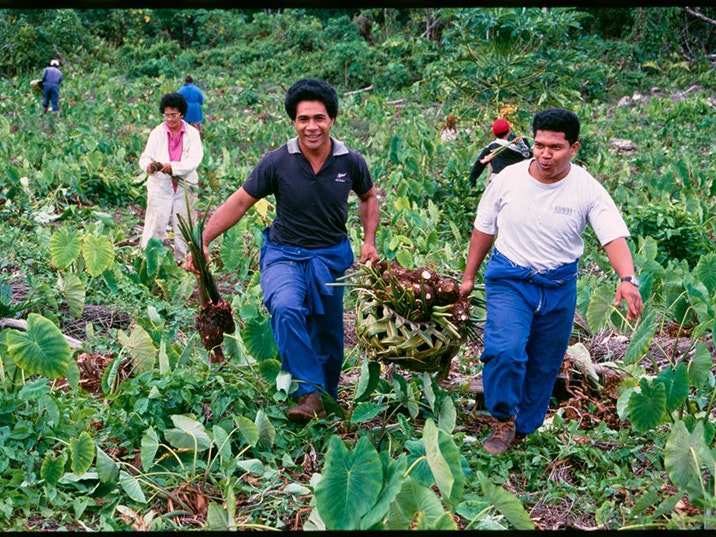
Photographer Glenn Jowitt (1955–2014) is best known for his images of Pacific people and their cultures, both in New Zealand and in the Pacific Islands. Look through his photographs of Niue.
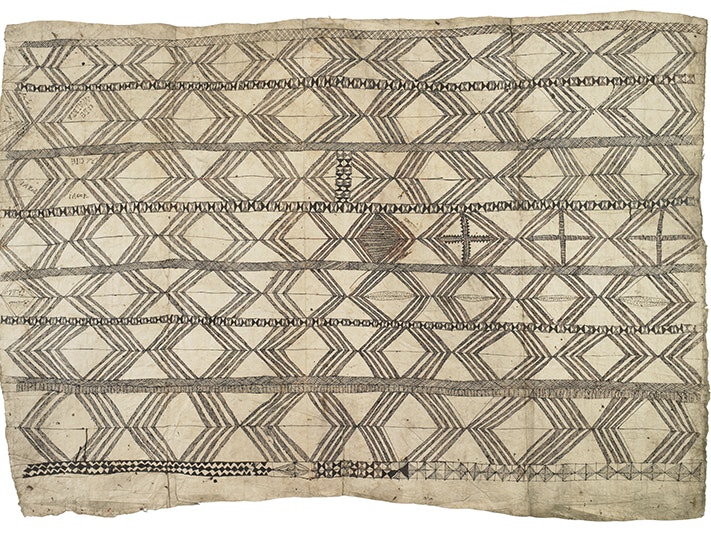
Hiapo is made from the bark of the paper mulberry tree. Little is known of pre-nineteenth-century forms of Niuean cloth, but we do know that in the 1830s, Sāmoan methods of making siapo or tapa barkcloth were introduced to Niue by Sāmoan missionaries.
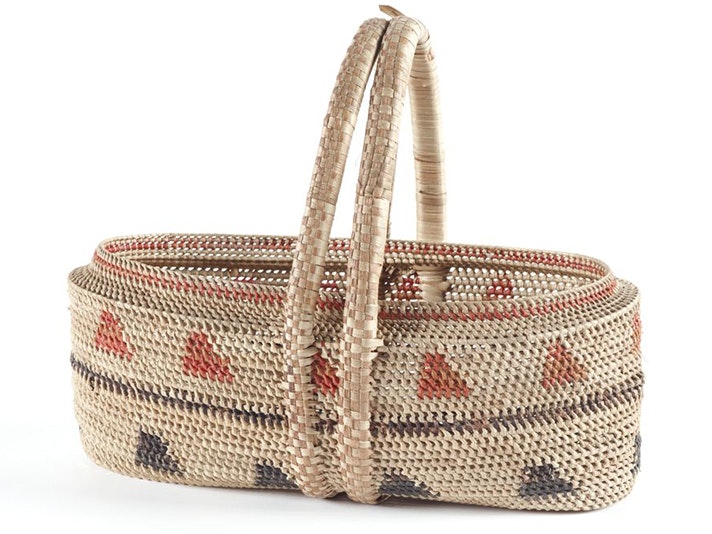
Our Pacific Cultures collection holds around 300 objects from the island of Niue, including textiles, costumes and accessories, weapons, canoes and items of fishing equipment. Read about how the history of the collection is described, including the increasing involvement of the Niue community and collecting possibilities for the future are considered.
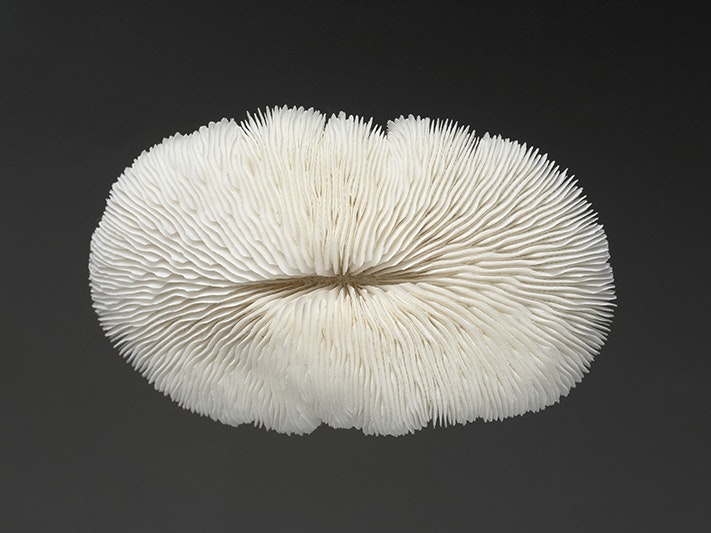
We hold one of the largest collections of cnidarians in the country, with more than 1500 specimen lots, thirty-three of which are name-bearing types. View some of the ones from Niue in our collection.